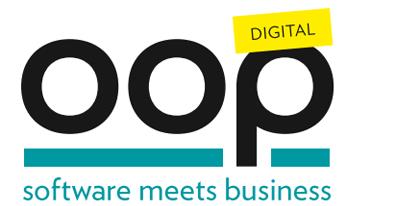
RÜCKBLICK AUF DAS PROGRAMM 2021
(AUSGEBUCHT) Designing Bounded Contexts for Microservices Using Visual Collaboration
There is an industry trend where businesses are moving towards autonomous product teams. These teams aim to be end-to-end responsible for the product they are building and maintaining. To achieve end-to-end team autonomy, companies move towards a microservices architecture to successfully inspect and adapt. However, to be successful organisations need to have the correct boundaries for the microservices. Using the bounded context pattern from Domain-Driven Design it is possible to achieve team autonomy!
Maximum number of participants: 24
Target Audience: Architects, Developers, Testers, Analysts, Product Owner, Manager, Decision Makers
Prerequisites: None. It is an interactive workshop, with brown paper, post-its and whiteboards
Level: Basic
Extended Abstract:
There is an industry trend where businesses are moving towards autonomous product teams. These teams aim to be end-to-end responsible for the product they are building and maintaining. With the help of Continuous Delivery, teams have faster feedback cycles in which they can probe if a certain feature works. To achieve end-to-end team autonomy, companies move towards a microservices architecture to successfully inspect and adapt. To be effective with a microservices architecture, we require Conway's alignment, engineering teams aligned to business models/products; to achieve Conway’s alignment it’s required to design and model the domain. Domain-Driven Design’s bounded context is the essential pattern that helps to create Conway’s alignment.
Join us in this hands-on session where we show you how visual collaboration is the most effective way in co-creating sustainable Conway’s alignment. We will distil bounded contexts with visual collaboration tools Big Picture EventStorming, Context Mapping and the Bounded Context Canvas.
With visual collaboration:
- We create a shared understanding of the business flow, uncovering inconsistencies and competing goals
- Using the Theory of Constraints, we can discover, highlight and create a shared vision and strategy to focus our effort
- A critical part of doing visual collaboration is effective facilitation, especially facilitating workshops with +30 people at the same time
You leave our session understanding that to be effective with microservices, you need to start discover and design bounded contexts. You will learn heuristics that guide you in using visual tools in specific situations, and how to move on towards microservices.


